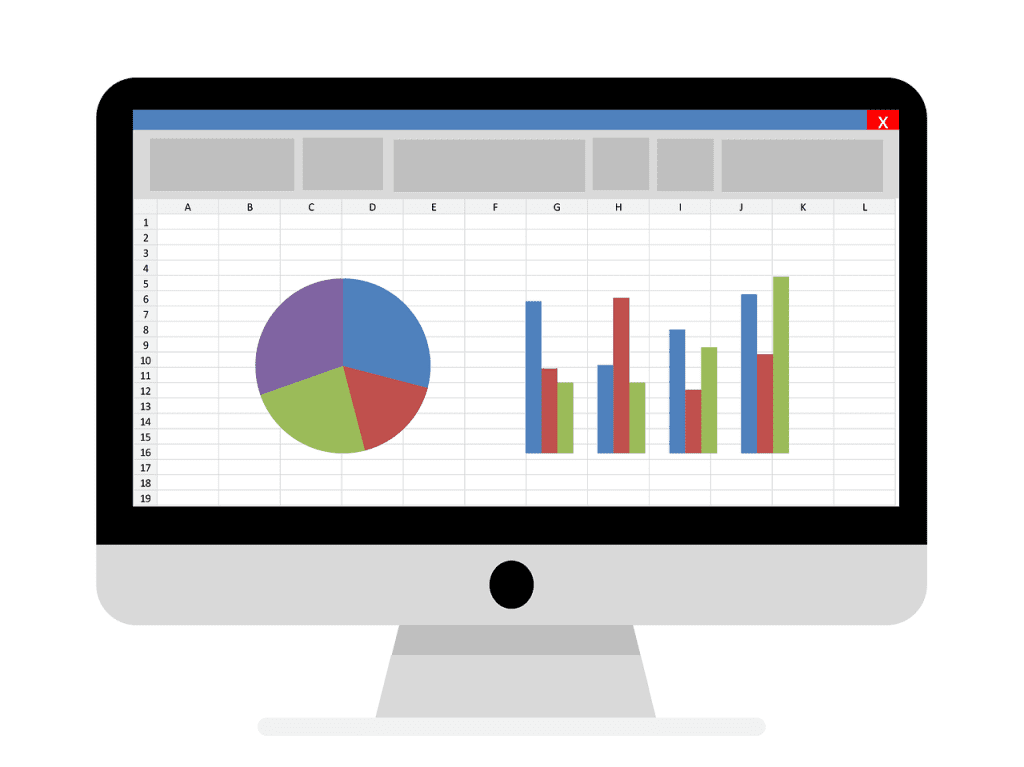Life in the FP&A (Financial Planning & Analysis) sector comes with its share of adventures, yet, we often find ourselves grappling with the inability to automate repetitive tasks. While we stand guard over crucial data and insights, there are moments when our role resembles a relentless rerun of Groundhog Day, particularly when it comes to time-consuming, tedious tasks that resurface continually, threatening our productivity and peace of mind. They’re the pesky tasks that push us to the brink of booking a one-way ticket to a serene, sun-kissed beach.
Sounds familiar, doesn’t it? But what if there was a way to eradicate these tasks without needing to master any magic spells? Let me share our journey of liberation from spreadsheet slavery, made possible by the wonders of AI (Artificial Intelligence).
The Terror of the Timesheets
In the FP&A domain, the ‘timesheets’ have represented a pressing challenge, behaving as an ever-present reminder of our inability to automate repetitive tasks. This procedural inadequacy has, unfortunately, been a constant roadblock:
- Manual Input: The task of transferring innumerable hours and project details into spreadsheets has been a laborious process, not to mention, a non-productive use of our expertise.
- Data Verification: The manual nature of data entry increased the risk of errors. Ensuring data accuracy required rigorous cross-verification, a process that strained our attention and precision resources.
- Cross-Referencing: Linking data across multiple spreadsheets required constant recourse to complex Excel formulas. The process was a tedious cycle of VLOOKUPs and INDEX MATCH for each financial period.
- Error Correction: Despite detailed cross-verification, some errors evaded detection. Identifying and rectifying these issues became an additional time-consuming task, further adding to our workload.
This state of ‘Spreadsheet Slavery‘ seemed paradoxical in our rapidly advancing digital age. But then, as we were contemplating escape routes from these shackles, we stumbled upon a promising solution: Artificial Intelligence. AI, as it turned out, would offer us a path to freedom from this tedious, repetitive process, thereby aligning with our transition from Spreadsheet Slavery to AI Freedom.
The AI Awakening: A Strategic Response to the Inability to Automate Repetitive Tasks
The advent of Artificial Intelligence (AI) brought a transformative solution to our predicament. AI is not merely a buzzword resonating through tech conferences. Instead, it became our strategic asset, our key to unlocking greater efficiency and accuracy in FP&A.
Our first encounter with AI addressed our most challenging task: timesheet management. This journey entailed:
- Data Scraping: AI-powered bots were deployed to extract necessary data from various sources. These automated systems operated with consistency and speed that were simply unattainable with manual methods.
- Data Entry: The same bots were then utilized to input this data into our system. Unlike their human counterparts, these bots did not require breaks, were impervious to fatigue, and most importantly, maintained an impeccable record of accuracy.
- Data Verification: The AI system was equipped to cross-verify the data. Leveraging machine learning, these AI tools could identify and rectify errors, providing a new layer of data integrity assurance that went beyond human capacity.
The inherent capability of AI to discern patterns and apply them effectively became our strategic advantage. It allowed us to finally impose stringent controls on the errors that once slipped through our checks. This transformation marked the dawn of our journey from spreadsheet slavery to AI freedom, casting AI in the role of our strategic ally in overcoming the challenges of repetitive tasks.
From Spreadsheet Jockey to Strategic Maverick: Harnessing AI in Forecasting
Once we tamed the timesheet beast with AI, we directed our attention toward a more strategic aspect of FP&A – forecasting.
Historically, forecasting in FP&A resembled a Herculean task, requiring us to meticulously piece together volumes of historical data, akin to solving a complex jigsaw puzzle. The goal was to derive a reasonable forecast that would guide future business decisions.
However, AI drastically transformed this process. We integrated machine learning models into our forecasting process, which led to remarkable improvements:
- Analyzing Past Trends: Machine learning algorithms delved into our vast historical data reserves, identified patterns, and trends, and drew meaningful insights. This process, which would typically require substantial time and expertise, was accomplished with remarkable speed and accuracy.
- Generating Forecasts: Using the insights gleaned from past data, our AI models swiftly generated reliable forecasts. What once was a labor-intensive task, transformed into a fast, efficient process that was significantly more accurate than traditional manual methods.
The result was an overhaul in efficiency, freeing us from manual drudgery and enabling us to focus on strategic planning and decision-making. The transition from spreadsheet jockey to strategic maverick was not just a fanciful dream; it became our new reality, thanks to the power of AI.
The Unexpected Hero We Didn’t Know We Needed
Having conquered the inability to automate repetitive tasks, we found ourselves blessed with an abundance of time and heightened productivity. Instead of investing this surplus into new hobbies, we focused on strategic planning and proactive problem-solving – tasks that demanded our distinctly human skills of creativity, intuition, and judgment.
We underwent a transformation from mere number crunchers to strategic partners, recognized and appreciated for our insights and foresight. The shift was indeed dramatic.
In Retrospect: The Dawn of a New Era in FP&A
Reflecting on our journey, we’ve come a long way – from struggling with spreadsheet slavery to embracing the liberation that AI offers. And this is just the beginning. The potential of AI to revolutionize the FP&A industry is vast, and we’ve only started to explore its profound capabilities.
Though our journey is still unfolding, this is a checkpoint, a pause to acknowledge our victory over the inability to automate repetitive tasks. So, the next time you find yourself staring at a daunting task with ‘manual’ stamped all over it, remember, there’s probably an AI tool waiting in the wings, ready to transform your workflow.
In this era of rapid digital transformation, it’s essential to stay abreast with evolving technology and harness its power to our advantage. Here’s to the continuing journey and to the countless possibilities that AI holds for FP&A!



